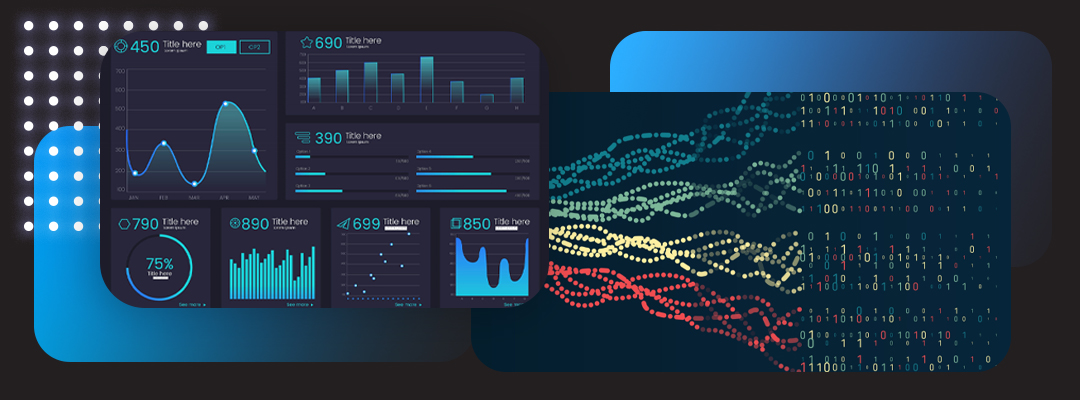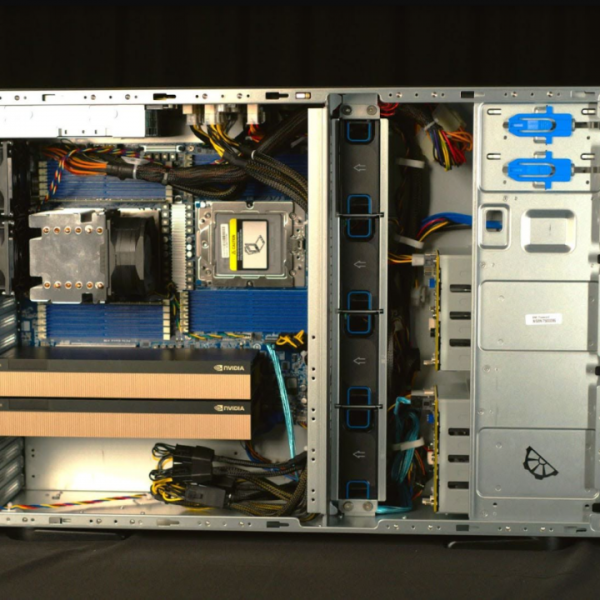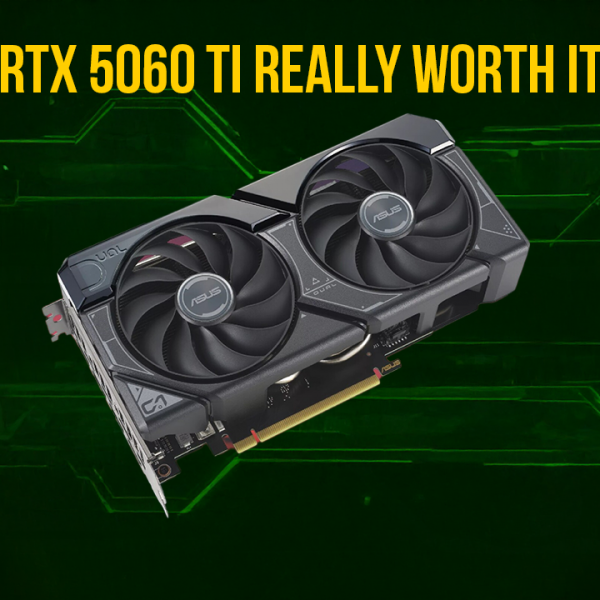Data science and data analysis are coupled with methods from machine learning, so there are some similarities here with our recommendations and AI. For ever and ever, data analysis, preparation, munging, cleaning, visualization, etc., present unique challenges for system configuration.
Looking for a Data Science Workstation? Call on our Toll-Free (1800 309 2944) and get personalised recommendations from our Subject Matter Experts.
In this blog, we will discuss the Best PC Builds for Data Science with an optimized configuration, including the best choices for a processor (CPU), graphic card (GPU), memory (RAM), and storage (hard drive).
The “best” hardware will follow some standard patterns, but your specific application may have unique optimal requirements.
Best Processor for Data Science
A powerful processor is crucial for data science workstations. The CPU handles all the mathematical operations required for data processing, machine learning, and data analysis.
Intel Core i7 13700K or i9 13900K and AMD Ryzen 7900x or 7950x processors are ideal for data science work, with the 13900K and 7950x being the best options. These processors offer fast performance, making them suitable for handling multi-threaded operations.
Best GPU for Data Science
Data science workloads don’t typically require a powerful GPU, but having one can improve performance. A GPU can offload some of the computational tasks from the CPU, freeing up resources and improving overall performance.
NVIDIA dominates GPU compute acceleration and is unquestionably the standard. Their GPUs will be the most supported and easiest to work with. NVIDIA also provides an excellent data-handling application suite called RAPIDS.
RAM for Data Science
This is dependent on the “feature space” of your data. Memory capacity on GPUs is limited compared to the main system memory utilized by CPUs, and applications may be constrained by this.
This is why it’s common for a data scientist to be tasked with “data and feature reduction” prior to model training. That is often 80+% of the hard work for ML and AI projects.
This is where memory plays an essential role, as it is used for storing and accessing large data sets. A minimum of 16GB of RAM is recommended for most data science projects, but more memory is always better. If you’re working with large data sets.
How much Storage for Data Science
The hard drive is the primary storage for data science workstations. A solid-state drive (SSD) is the best option for a data science workstation, as it offers faster read and write speeds compared to traditional hard drives.
An NVMe SSD provides the best performance, with faster read and write speeds, but they can be more expensive
Network-attached storage for data science?
Network-attached storage is another consideration. It’s become more common for workstation motherboards to have 10Gb Ethernet ports, allowing for network storage connections with reasonably good performance without the need for more specialized networking add-ons.
In conclusion, having the right hardware is essential for an optimal Data Science workflow. Investing in a powerful processor, GPU, and RAM will improve performance, while a fast SSD will ensure quick data access and storage.
Whether you’re just starting out in Data Science or are a seasoned pro, the right hardware will help you take your data analysis and processing to the next level.
Check out our catalogue of optimised Data Science Builds here






